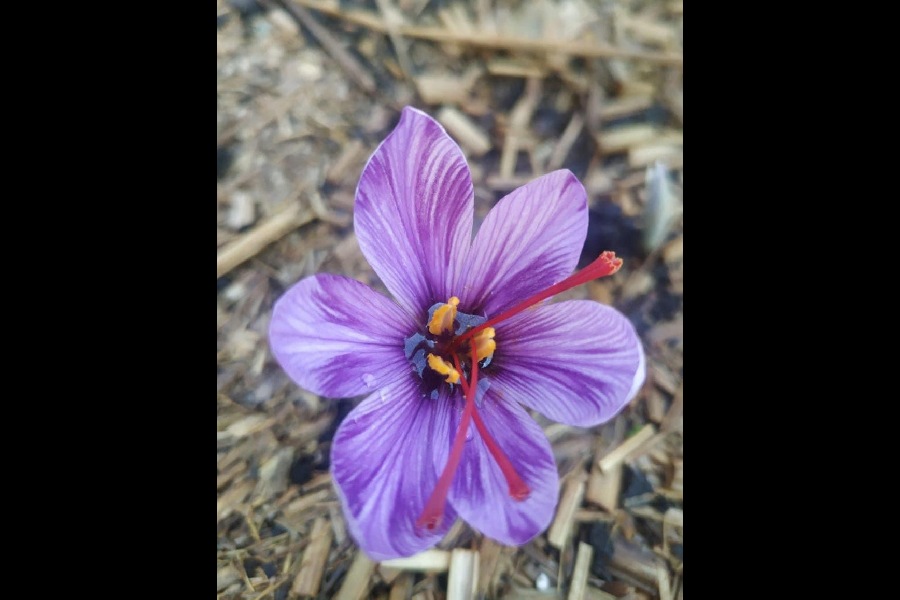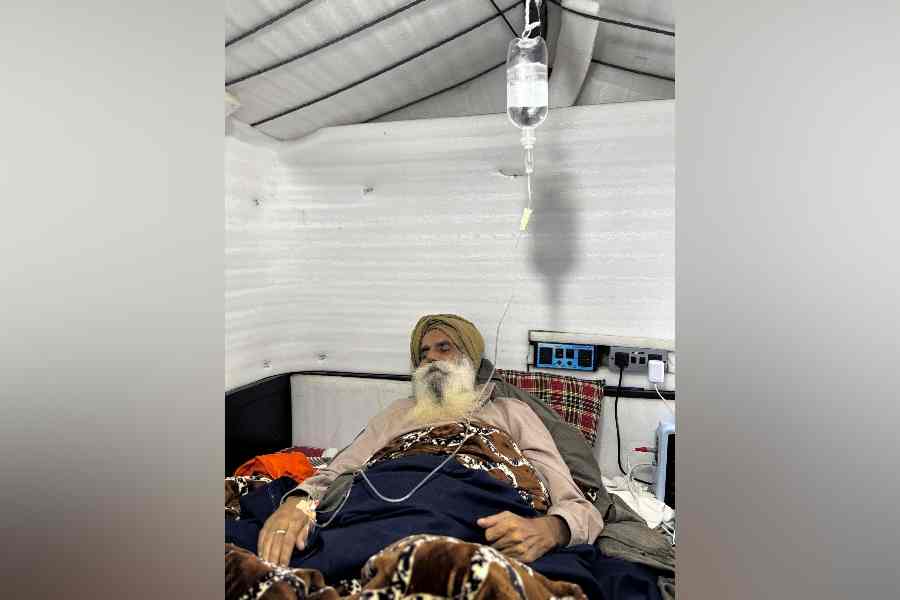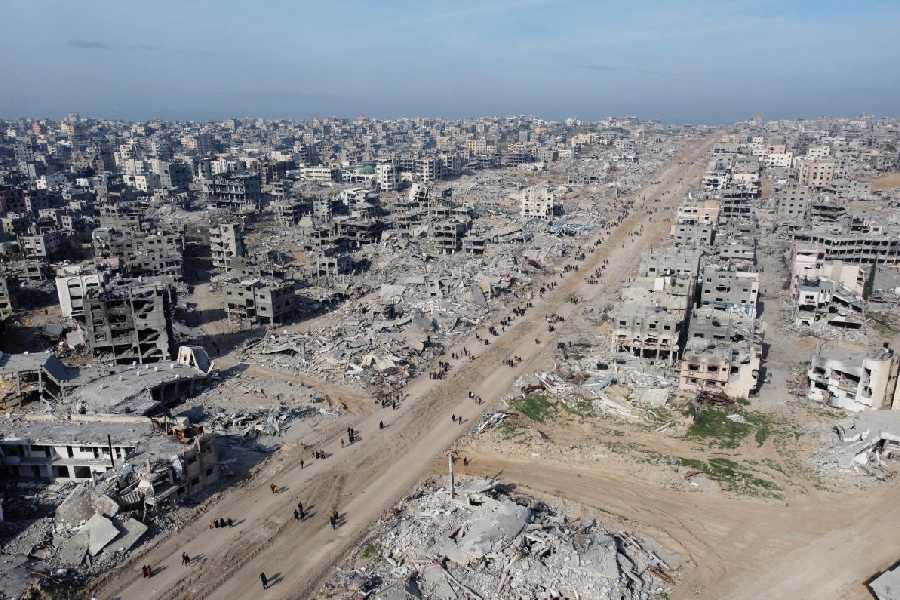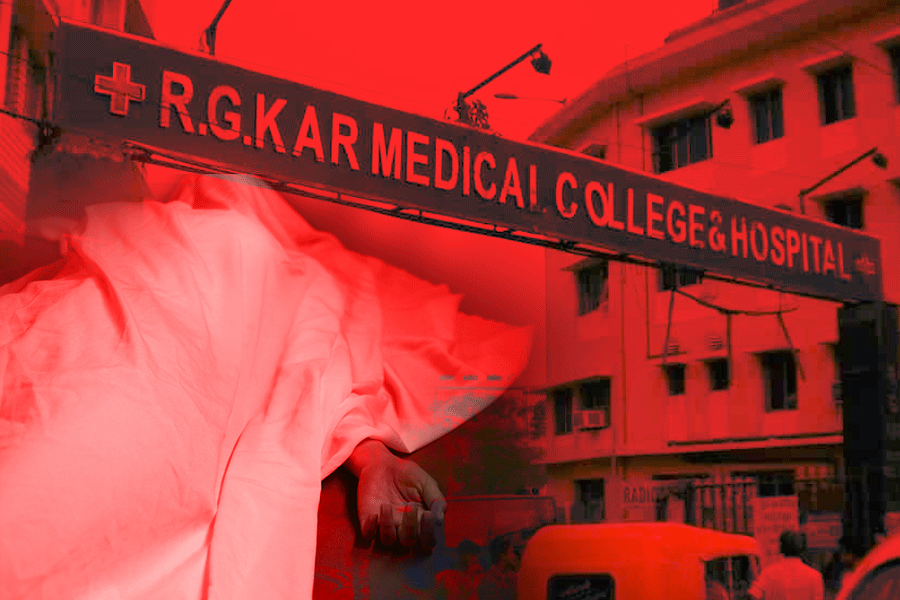Saffron, also called "red gold", for being the most expensive spice in the world, has made its debut in Bengal's farms.
An initiative by the Centre for Floriculture and Agri-Business Management (COFAM) department of North Bengal University in Siliguri has led to the plant being cultivated through three methods — soil, aeroponic and hydroponic.
While soil cultivation is the normal method, aeroponics is the practice of growing plants in an air or a misty environment without the use of any substrate.
Hydroponics involves suspending the plants in water full-time or feeding it by an intermittent flow of water and nutrients, explained a horticulturist.
While farmers from Kalimpong and Kurseong are trying the normal method, the aeroponics and hydroponics methods are being tried at the COFAM laboratory.
Amrendra Kumar Pandey, practical demonstrator, COFAM, said: “This is the first time in Bengal that the spice is being cultivated. We had started a trial project and we have now achieved success as flowers have bloomed in Kalimpong. We will now teach the cultivation methods to farmers and also help them in marketing.”
Source said that 100 saffron bulbs were used for the trials in the COFAM lab.
A successful saffron cultivation is expected to boost the income of farmers as a kilogram of saffron fetches up to Rs 3 lakh in the market.
The spice comes from the reddish-orange stigma of the flower. Each flower, however, only produces a few of the prized stigmas, which are hand-picked and then dried.
Mahindra Chhetri, a farmer from Kalimpong block-I, said saffron flowers had started to bloom in his field.
“I had planted half a kilogram of saffron seeds in a 3x10 feet area in my garden and many flowers have started to bloom,” said Chhetri.
Saffron is usually planted during September-October and the flowers bloom during November.
India contributes only about 5 per cent of the world’s saffron produce. The Jammu and Kashmir region produces 90 per cent of India’s output.
Sources, however, maintain that saffron plantation has started in other hilly states like Himachal Pradesh, Uttarakhand and Arunachal Pradesh.
“Laboratory production of saffron has also started in some states,” said a source.
“The ideal temperature for saffron is around 14-20 degree Celsius during day and around 2-9 degrees during night,” said Pandey.
In the COFAM lab in Siliguri, temperatures are accordingly being controlled.
“Around 70kg of saffron stigmas are needed to produce 1kg of the spice,” said a university source.











